How CBT Helps You Break Free from Claustrophobia
The walls feel like they are closing in. Your breath catches, your heart hammers against your ribs, and a primal scream builds in your throat. For millions, this isn’t a scene from a horror film, it is the visceral, overwhelming reality of claustrophobia. It’s more than just a dislike of small spaces, it’s a profound fear of being trapped, restricted, and helpless. This fear can shrink your world, turning everyday situations like riding in an elevator, flying on a plane, or even being in a crowded room into a source of terror. But what if you could systematically dismantle this fear, piece by piece, until it no longer holds power over you? This is the promise of Cognitive Behavioural Therapy, or CBT, a practical, evidence-based approach that has empowered countless individuals to reclaim their freedom from the grip of claustrophobia.

What Exactly Is Claustrophobia?
Claustrophobia is a situational phobia characterised by an intense and irrational fear of enclosed or crowded spaces. It stems from a deep-seated fear of being trapped without an escape route, leading to a powerful urge to flee.
This isn’t simply about feeling uncomfortable in a tight spot. For someone with claustrophobia, the fear is disproportionate to any actual danger. It’s a powerful anxiety disorder that triggers significant distress and avoidance behaviours. The core fear isn’t just the space itself, but the terrifying imagined consequences of being in that space, like running out of air, having a panic attack, or losing control completely.

What Are Common Triggers for Claustrophobia?
Common triggers are any situations that involve confinement or restriction, either physical or perceived. These can range from the very obvious to the surprisingly subtle.
Many people immediately think of small, enclosed rooms with no windows, elevators, or MRI machines. These are classic triggers. However, the list is much longer and more personal. It can include aeroplanes, trains, tunnels, basements, and even revolving doors. For some, the trigger is less about the size of the space and more about the feeling of being restricted, such as sitting in a hairdresser’s chair, being in a long queue, or wearing tight clothing like a turtleneck sweater. The defining feature is the perception of being unable to leave easily.

What Do the Symptoms Feel Like?
The symptoms of claustrophobia are a powerful combination of physical and psychological reactions, often culminating in a full-blown panic attack. They are the body’s fight-or-flight response kicking into overdrive.
Physically, you might experience a racing heart, shortness of breath or a feeling of choking, sweating, trembling, and dizziness. Some people feel a tightness in their chest, nausea, or a desperate need to use the toilet. These physical sensations are very real and intensely frightening, often leading to the belief that something catastrophic, like a heart attack, is happening. Psychologically, the mind is flooded with fearful thoughts. You might think, "I’m going to suffocate," "I’m trapped forever," or "I’m going to lose my mind." This creates a vicious cycle where the physical symptoms fuel the fearful thoughts, and the thoughts intensify the physical sensations, spiralling into overwhelming panic.
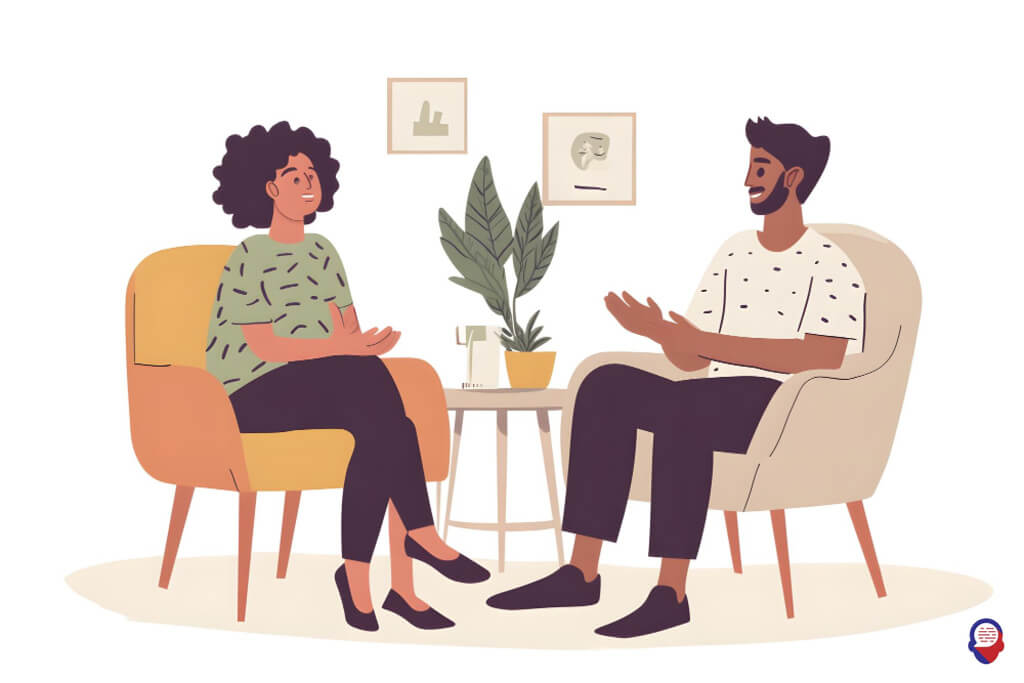
Why Does Cognitive Behavioural Therapy Work So Well?
Cognitive Behavioural Therapy is highly effective for claustrophobia because it directly targets the underlying mechanisms that create and maintain the fear. It operates on the fundamental principle that your thoughts, feelings, physical sensations, and behaviours are all interconnected and influence one another.
CBT provides a structured framework for understanding how your specific claustrophobic thoughts, for example, "This elevator will get stuck," trigger feelings of panic and physical symptoms like a racing heart. These feelings then drive behaviours, such as avoiding elevators altogether. By learning to identify, challenge, and change the faulty thought patterns and avoidance behaviours, you can break this self-perpetuating cycle of fear. CBT doesn’t just treat the symptoms, it teaches you the skills to become your own therapist, equipping you to manage fear whenever it arises.
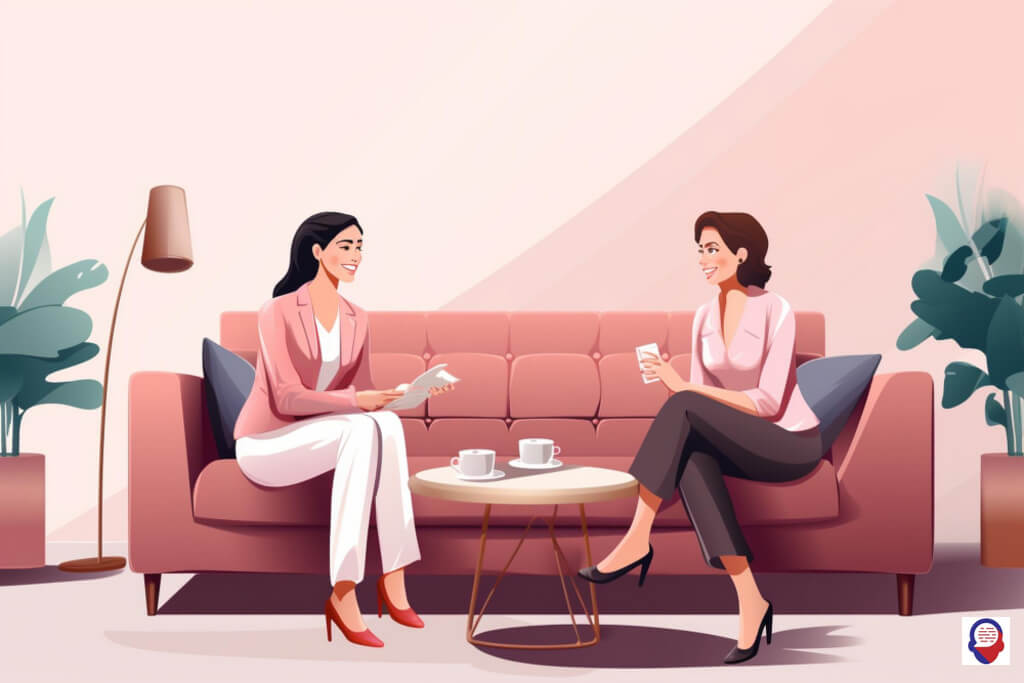
How Does a CBT Session for Claustrophobia Unfold?
A course of CBT for claustrophobia follows a logical, step-by-step process designed to build your skills and confidence gradually. It is a collaborative journey between you and your therapist, moving at a pace that feels manageable yet challenging enough to create real change.
The therapy is active and goal-oriented. It’s not about endlessly discussing your childhood, but about focusing on the here and now. You’ll learn practical tools and strategies in your sessions and then practice them in your daily life as ‘homework’. This combination of in-session learning and real-world application is what makes CBT so powerful and transformative.

What Happens in the Initial Assessment?
The initial assessment is a crucial first step where you and your therapist get to know each other and establish a clear picture of your claustrophobia. Your therapist will ask detailed questions to understand the specifics of your fear.
They will want to know what situations you fear, what you avoid, and what goes through your mind when you feel anxious. You’ll discuss the history of your phobia and how it impacts your life. This is also your opportunity to ask questions and ensure you feel comfortable and understood. Together, you will set specific, achievable goals for therapy, such as being able to ride a specific elevator or fly on a plane for a family holiday. This creates a shared roadmap for your treatment.

What is Psychoeducation?
Psychoeducation is the foundational stage where your therapist teaches you about the nature of anxiety and phobias. This process demystifies your experience and is incredibly empowering.
You will learn about the fight-or-flight response, the body’s natural alarm system that is being falsely triggered by your phobia. Understanding that a racing heart and shortness of breath are normal, harmless anxiety symptoms, rather than signs of a heart attack or suffocation, immediately reduces their power. Learning about the CBT model helps you see clearly how your thoughts are directly creating your feelings of panic, which is the first step toward changing them.
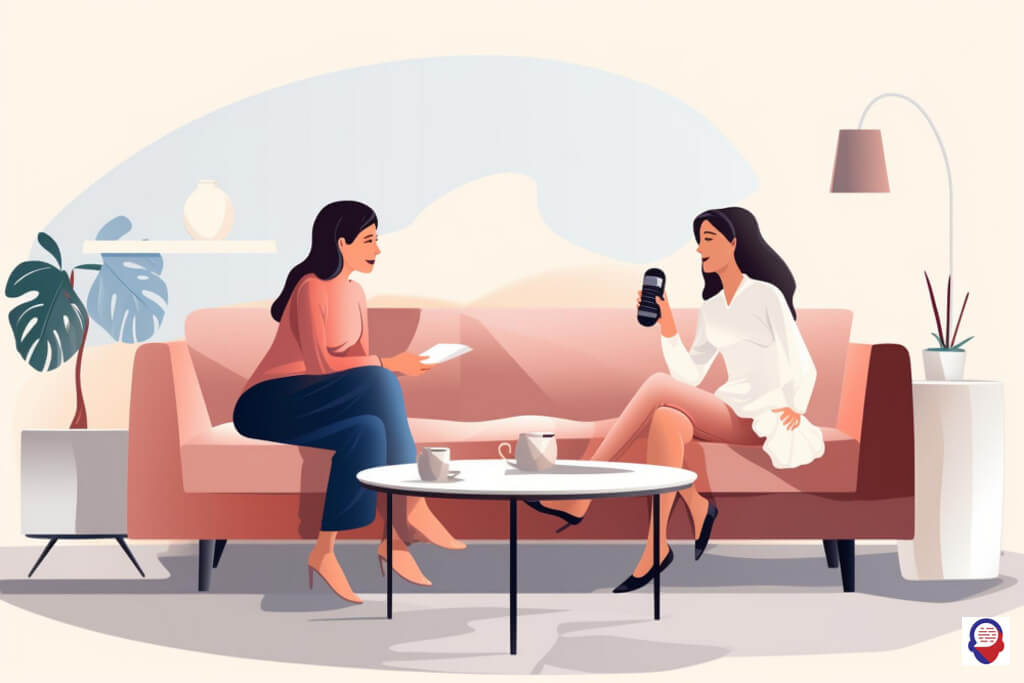
How Do You Identify Negative Automatic Thoughts?
You will learn to become a detective of your own mind, specifically hunting for what CBT calls Negative Automatic Thoughts, or NATs. These are the instantaneous, unhelpful thoughts that pop into your head when you encounter a feared situation.
Your therapist will teach you techniques to catch these thoughts as they happen. A common tool is a thought record, a simple diary where you note the situation, the emotions you felt, and the exact thoughts that went through your mind. For someone with claustrophobia, a NAT might be "The doors won’t open," "I’ll be trapped," or "Everyone will see me panic." Simply bringing these subconscious thoughts into conscious awareness is a major breakthrough.
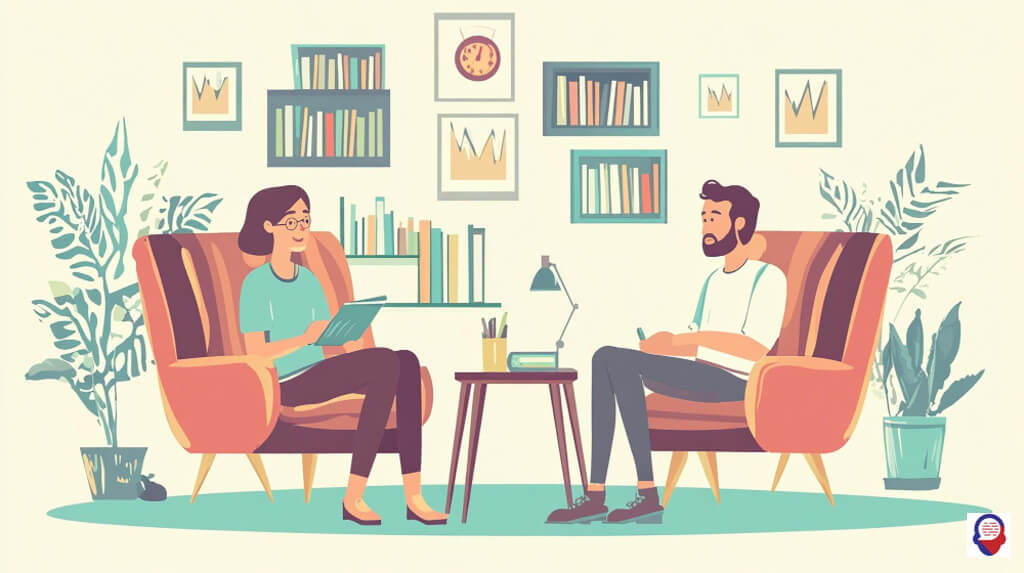
How Do You Challenge and Reframe These Thoughts?
Once you can identify your negative thoughts, the next step is to challenge and restructure them. This cognitive restructuring is at the heart of the ‘cognitive’ part of CBT.
You learn to question your NATs like a lawyer examining evidence. You’ll ask questions like, "What is the evidence that this thought is true?", "What is the evidence that it is not true?", "What is a more realistic or balanced way of looking at this situation?", and "What’s the worst that could happen, and could I cope with it?". Through this process of Socratic questioning, you begin to see the cognitive distortions, the logical errors, in your thinking. You then work to develop more balanced, realistic alternative thoughts, such as, "This feeling is uncomfortable, but it’s just anxiety and it will pass," or "Elevators are designed with multiple safety features."

What Are the Key Behavioural Techniques Used in CBT?
While changing your thoughts is vital, changing your behaviour is where you truly conquer the fear. The behavioural component of CBT for claustrophobia is designed to systematically break the pattern of avoidance that keeps the phobia alive.
Avoidance provides short-term relief but reinforces the fear in the long term. Every time you avoid a feared situation, you send a message to your brain that it was, in fact, dangerous and that you were right to avoid it. Behavioural techniques reverse this process by helping you gradually and safely confront the things you fear, proving to your brain that you can handle them.

What is Exposure Therapy?
Exposure therapy is the gold-standard behavioural treatment for all specific phobias, including claustrophobia. It involves carefully and progressively exposing yourself to the feared situations or sensations until the fear subsides.
The goal of exposure is to allow for habituation. This is the natural process where your anxiety level decreases over time with prolonged contact with a feared stimulus. By staying in the situation instead of fleeing, you learn from direct experience that your feared outcomes do not happen. Your brain essentially gets ‘bored’ of the false alarm, and the fear response weakens and eventually extinguishes.

How Does Graded Exposure Work in Practice?
Graded exposure is a systematic and collaborative process, not a terrifying ordeal where you are thrown in at the deep end. You and your therapist will work together to create an "exposure hierarchy" or "fear ladder."
This is a list of your feared situations, ranked from the least scary to the most terrifying. For claustrophobia, the bottom of the ladder might be something as simple as looking at a picture of an elevator. The next step might be watching a video of someone in an elevator, then standing near a closed elevator, then getting in with the doors open, and so on. You only move to the next step on the ladder once you feel a significant reduction in anxiety at the current step. This gradual approach builds confidence and a sense of mastery, ensuring you never feel completely overwhelmed. The process is always done at your pace, with your therapist’s full support.

What Are Relaxation and Breathing Techniques?
To help you manage the physical symptoms of anxiety during exposure exercises, your therapist will teach you specific coping skills. These relaxation techniques are tools to calm your body’s fight-or-flight response.
One of the most common and effective techniques is diaphragmatic, or belly, breathing. This deep breathing technique helps to counteract the shallow, rapid breathing that accompanies panic, slowing your heart rate and promoting a sense of calm. Another powerful tool is progressive muscle relaxation, which involves tensing and then releasing different muscle groups throughout your body. This practice helps you recognise the difference between tension and relaxation, giving you a direct method to reduce physical stress during an anxious moment.

How Long Does CBT for Claustrophobia Usually Take?
CBT is designed to be a short-term, time-limited therapy, focusing on providing you with skills for life. The exact duration can vary depending on the severity of the phobia and your personal pace of progress.
On average, a course of CBT for a specific phobia like claustrophobia typically lasts between 8 and 20 weekly sessions. The goal-oriented nature of the therapy means you will have a clear sense of progress from one session to the next. Your commitment to the process, particularly to completing the homework and exposure tasks between sessions, is a significant factor in how quickly you can achieve your goals.
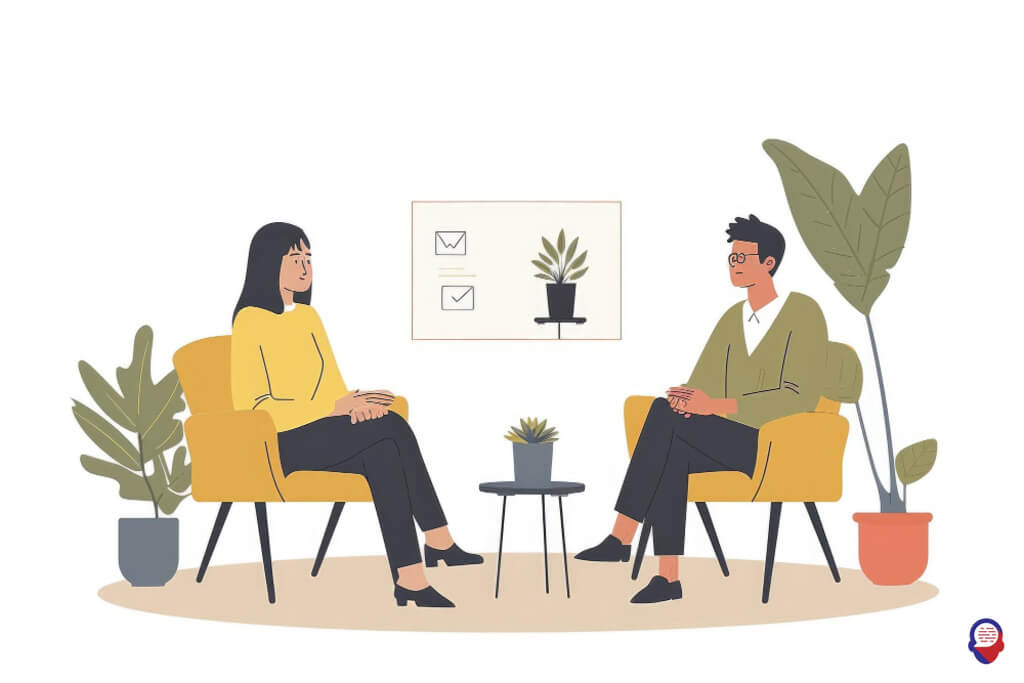
Can You Do CBT for Claustrophobia on Your Own?
While there are many excellent self-help books and apps based on CBT principles, tackling claustrophobia on your own can be challenging and is often less effective than working with a professional. A therapist provides essential guidance, support, and personalisation.
The most significant risk of a do-it-yourself approach lies with exposure therapy. Without a therapist’s expertise, it’s possible to create a fear ladder that is too steep, leading to an overwhelming experience that could actually make the phobia worse. A therapist ensures the process is safe, correctly paced, and tailored to your unique needs. They can also help you troubleshoot when you get stuck and provide the encouragement needed to face your biggest fears. For a deep-rooted phobia, professional guidance is invaluable.
Frequently Asked Questions

Is CBT a permanent cure for claustrophobia?
CBT is considered the most effective long-term treatment for claustrophobia, providing skills that last a lifetime. While it’s possible to experience a flicker of the old fear in a very stressful situation, CBT equips you with the tools to manage that feeling effectively so it doesn’t escalate into a full-blown phobia again. The goal is not to eliminate fear entirely, which is a normal human emotion, but to reduce it to a manageable level where it no longer controls your life.
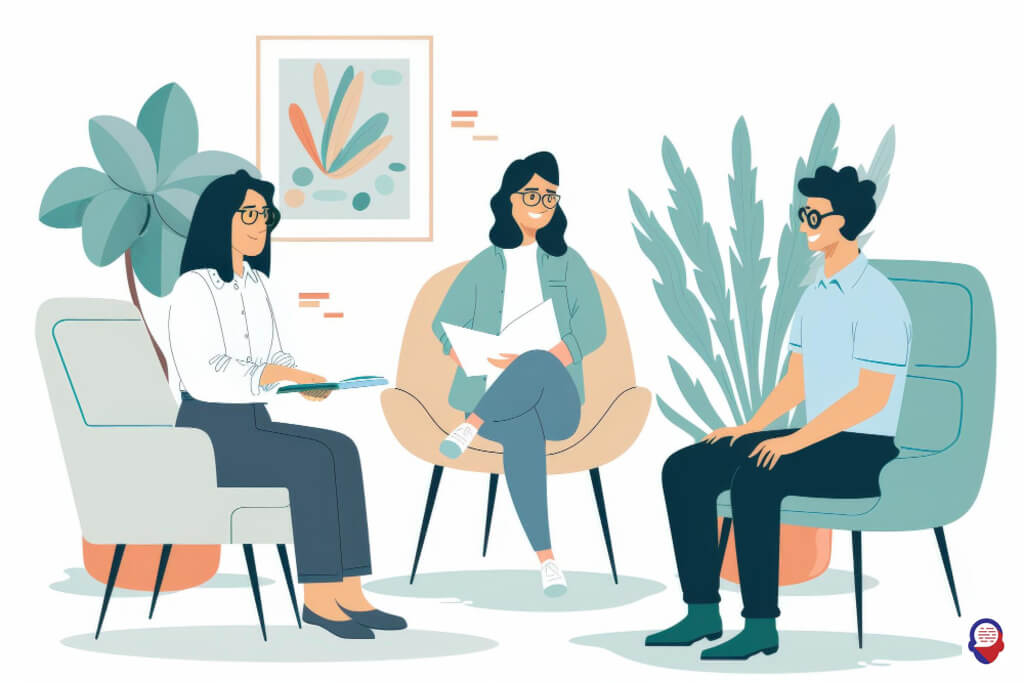
Will I be forced into a scary situation immediately?
Absolutely not. A core principle of CBT is collaboration and gradual progression. You are always in control of the process. Exposure therapy begins with situations that provoke only mild anxiety, and you will not move to a more challenging step until you feel ready and confident. The entire process is designed to build your sense of mastery, not to re-traumatise you.

What if I have a panic attack during therapy?
Having a panic attack during an exposure exercise can actually be a powerful learning experience. Your therapist is trained to guide you through it, helping you use your breathing and cognitive skills to ride out the wave of panic. By staying in the situation and seeing that the panic attack subsides on its own without any catastrophic result, you learn a profound lesson, that you can survive and manage even the most intense anxiety.
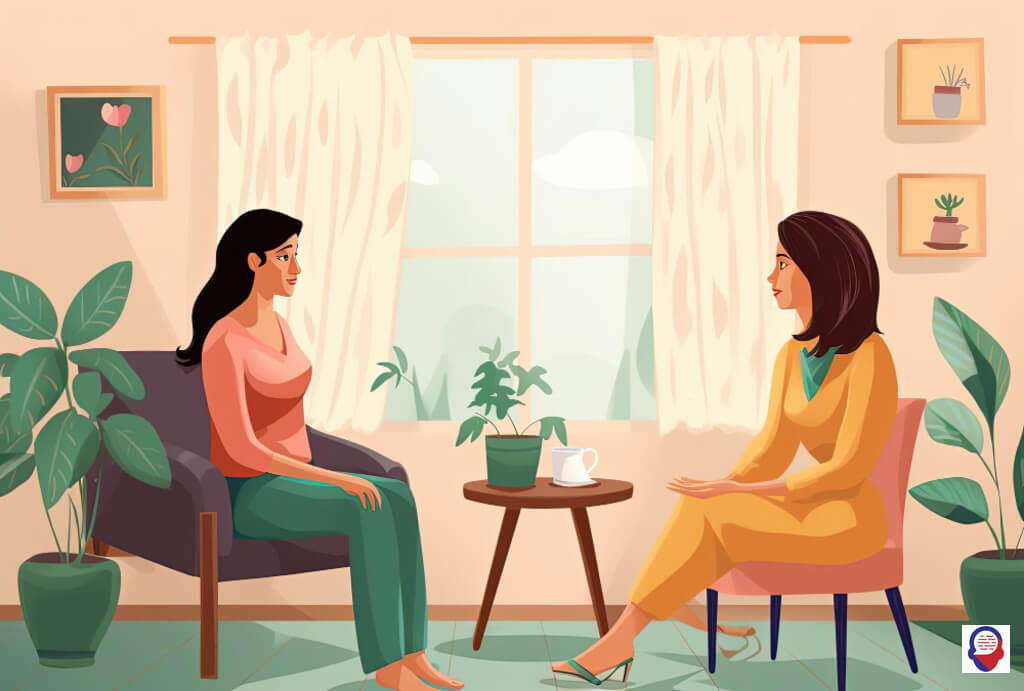
Is medication necessary alongside CBT?
For many people, CBT alone is sufficient to overcome claustrophobia. However, in some cases, particularly if the anxiety is very severe or co-occurs with other conditions like depression, a doctor might recommend medication. Antidepressants or anti-anxiety medications can sometimes be used to reduce the intensity of the initial symptoms, making it easier for a person to engage fully with the therapeutic process of CBT. This is a decision to be made in consultation with your therapist and a medical doctor.
Claustrophobia can feel like an invisible cage, limiting your experiences and dictating your choices. But it is a cage you can learn to unlock. Cognitive Behavioural Therapy offers you the key, providing a proven, practical, and empowering path to freedom. It’s a journey of courage, but you don’t have to take it alone.
At Counselling-uk, we believe everyone deserves to live a full life, free from the constraints of fear. We provide a safe, confidential, and professional place to find the support you need for all of life’s challenges. If you are ready to break free from claustrophobia, our qualified therapists are here to guide you with compassion and expertise every step of the way. Reach out today, and take the first step towards reclaiming your world.
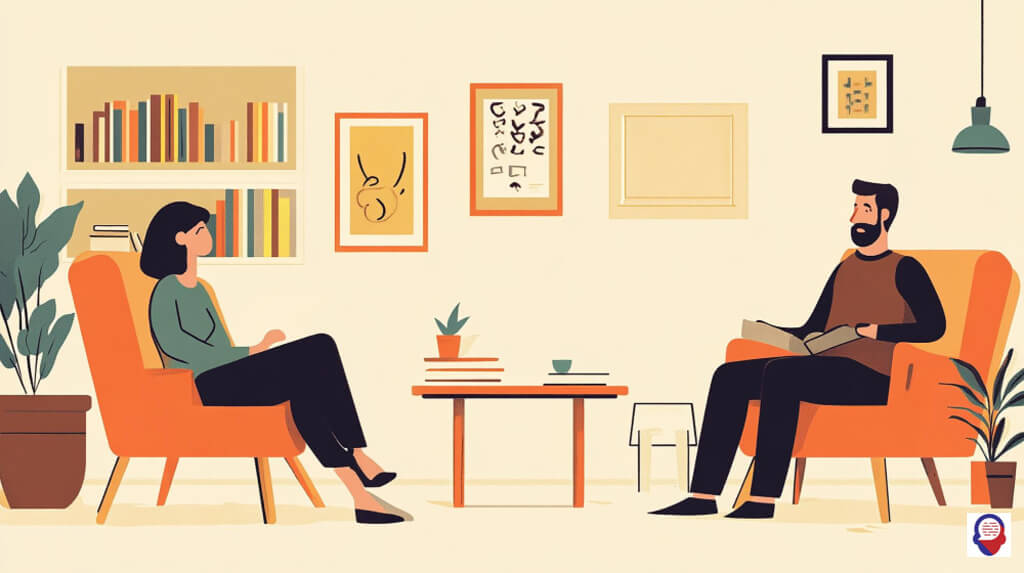
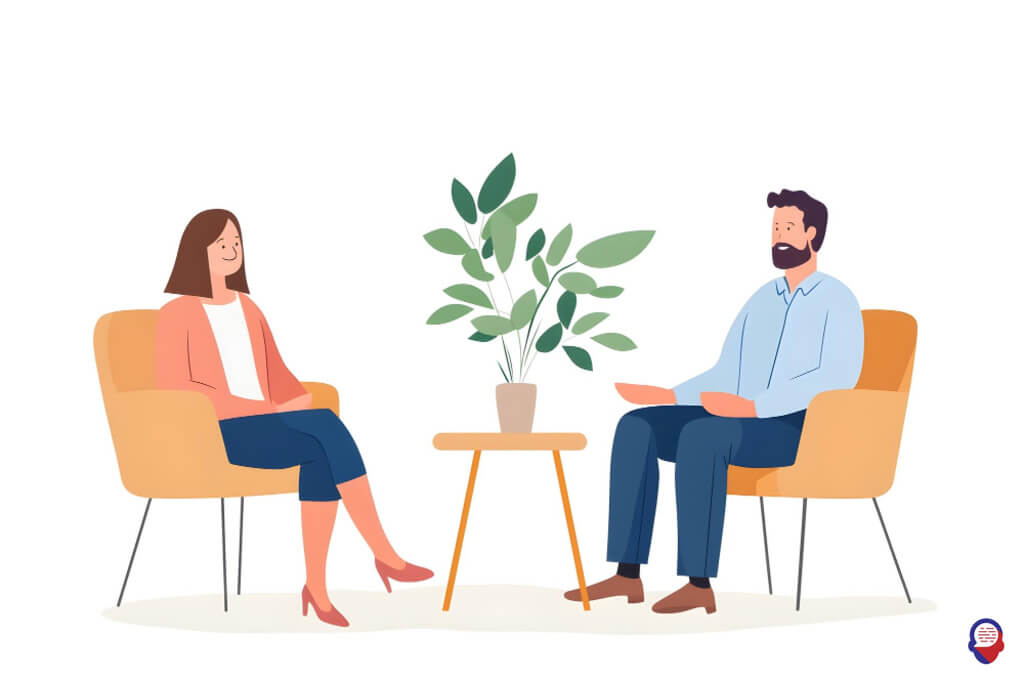
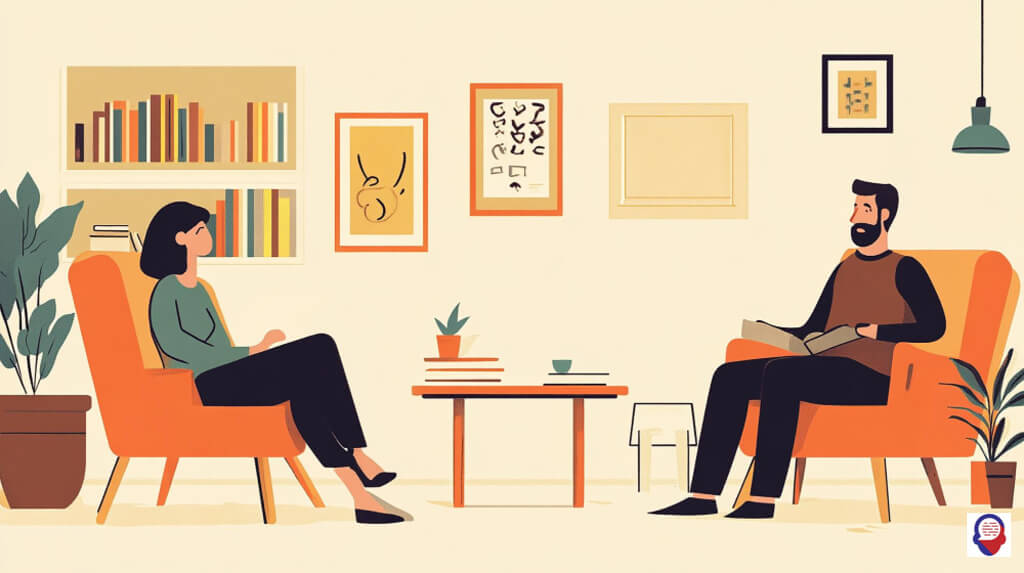

Another effective strategy for reducing claustrophobic symptoms is relaxation techniques. This includes deep breathing exercises, progressive muscle relaxation (PMR), guided imagery, mindfulness meditation, and yoga. Deep breathing helps relax the body by slowing down your heart rate and calming your mind. Progressive muscle relaxation involves tensing and then releasing each muscle group in your body one at a time while focusing on how each muscle feels when it relaxes. Guided imagery involves visualizing yourself in a peaceful place such as a beach or forest while listening to relaxing music or nature sounds. Mindfulness meditation consists of focusing on present moment experiences such as your breath or bodily sensations without judgment or attachment while yoga involves stretching poses linked with controlled breathing which helps release tension in both the body and mind.
• Improves Self-Awareness: One benefit of CBT is that it helps people become more aware of their thought patterns and emotions. This self-awareness can be helpful for understanding why certain situations may trigger anxiety or fear. By recognizing these triggers, individuals can learn how to better manage them in the future.